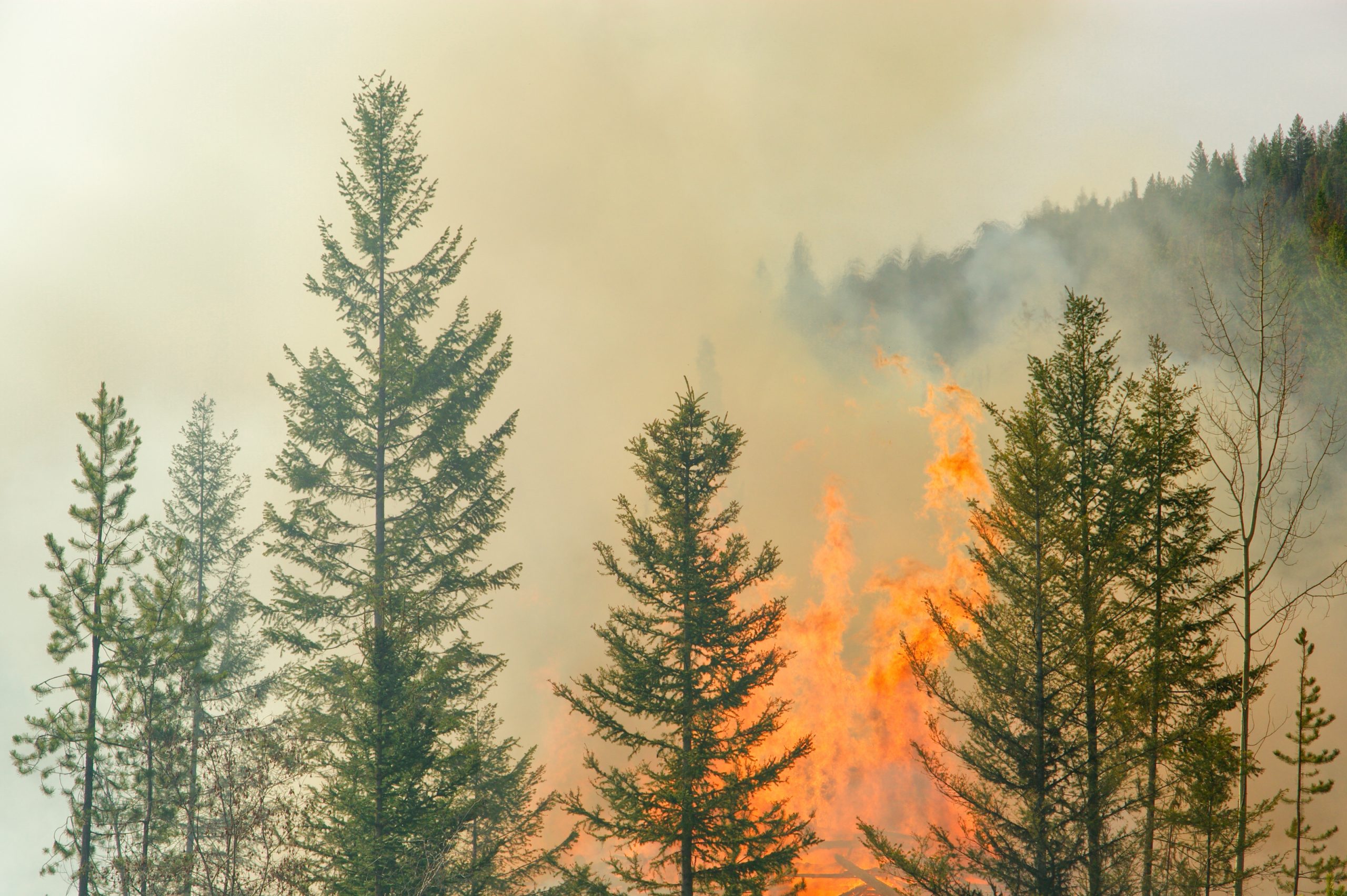Local educational agencies across California have been working for years to ensure that members of the LGBTQ community feel safe and heard on their campuses. For Pride Month, CSBA is highlighting the efforts of LEAs, organizations and experts throughout June on its blog and social media platforms.
Palo Alto Unified School District has a number of initiatives and resources in place to support LGBTQ students. The district website lists resources for students and families as well as elementary, middle and high school teachers, including a LGBTQ LibGuide for elementary and middle schools that they developed. “The LibGuide is one of kind at the elementary level and a credit to our teacher librarians,” according to the LEA.
In addition to definitions, the LibGuide features recommended books for various ages, website and video suggestions and related information and materials like gender spectrum inclusive signage for schools, a gender in early childhood info sheet, guides for supporting transgender students in K-12 systems, local counseling services and more.
For older students, Palo Alto USD’s high schools have Gay Straight Alliances “to support student voice and action,” the LEA states on its website.
In 2015–16, the district adopted a access board policy and administrative regulation on gender equity and access.
Employee training is also part of the equation. “PAUSD has also engaged in significant efforts to promote awareness and capacity of administrators and staff,” according to the LEA. “Partnerships with Outlet and Gender Spectrum have been successful in supporting teacher training. For example, all new teachers are trained by Outlet on LGBTQ+ related matters.”
Additionally, more than two dozen staff members were trained on gender diversity and have gone on to provide training to hundreds of other school staff members on gender inclusivity.
In Sacramento City USD, staff is encouraged to participate in LGBTQ+ SafeZone Trainings “to learn more about the queer and transgender community, laws and policies, and how to create an affirming environment.” They offer one- and two-hour in-person sessions as well as a virtual one-hour option.
The district also has a LGBTQ+ Task Force, introduced in 2005, to identify and address issues that students in the population face on campuses and to advocate for what they need to feel safe and supported at school. The task force, composed of staff and students, local organizations and other community representatives, meets monthly at rotating locations around the district.
Along with providing resources for students and staff, Oakland USD, San Diego USD and Santa Clara County Office of Education are among the LEAs that participate in the national OUT for Safe Schools program, which was born out of a partnership between Los Angeles USD and the Los Angeles LGBT Center in 2013.
OUT badges help to identify safe spaces and allow school personnel to signal to students that they are an ally and/or are willing to talk to students and families about LGBTQ concerns.
Any districts or COEs can contact the center with training requests or to inquire about bringing the program to their campuses. Lesson plans around topics like the Civil Rights movement and the FAIR Act can be downloaded on the center’s website.
Los Angeles COE also participates in the program and has resources on its website for educators, families/parents and youth, including a toolkit on creating safe spaces for LGBTQ youth and links to age-appropriate instructional activities and guides. In March, it was announced that Los Angeles COE had contracted with the California Department of Education to create online training courses for educators across the state and bolster support for LGBTQ+ young people. The project, called PRISM: Providing Relevant, Inclusive Support that Matters for LGBTQ+ Students, should be completed by June 2024.
Santa Clara COE also published in summer 2022 a resource guide for educators, parents, caregivers, youth and communities around supporting LGBTQ youth. It contains definitions, national- and state-level statistics on LGBTQ young people, information on current laws, inclusive campuses, transgender advocacy, allyship, FAQs and resources.





